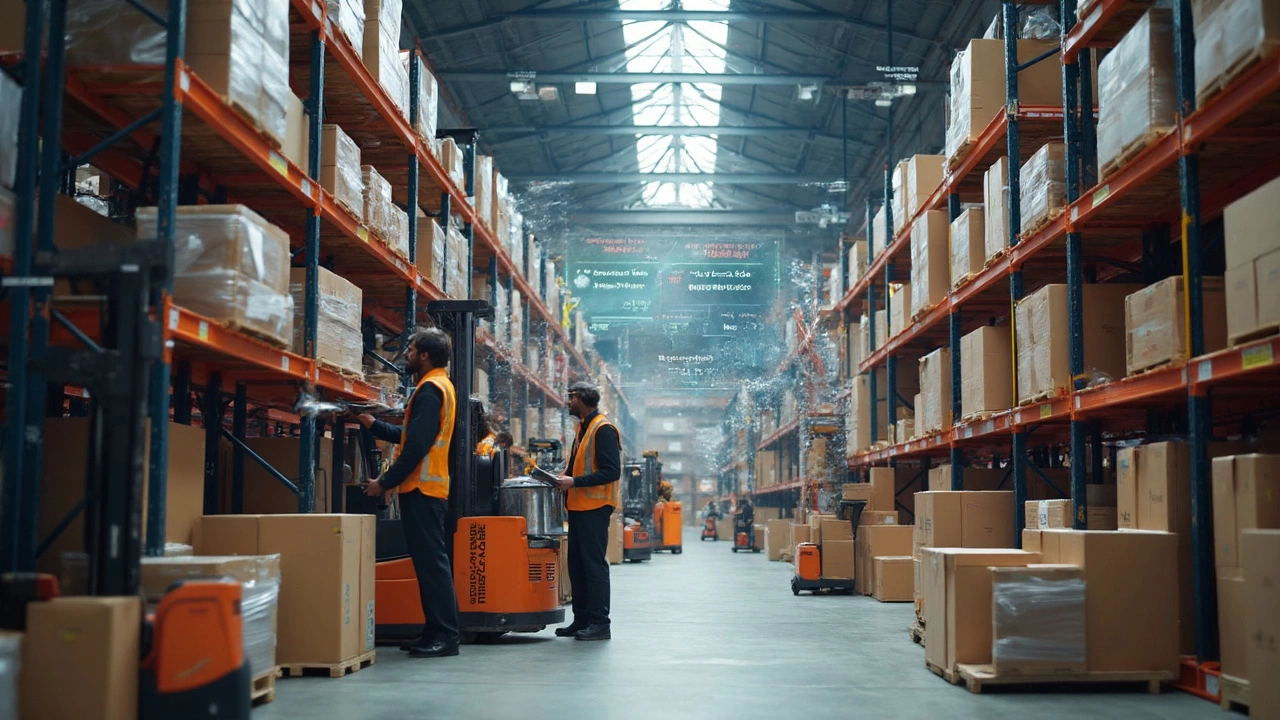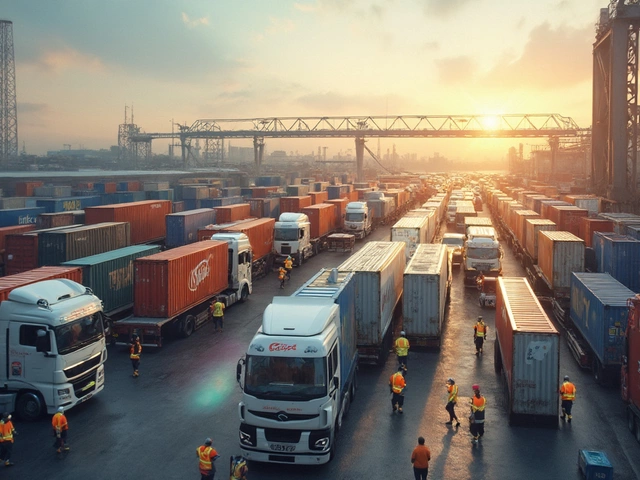Logistics Systems – What You Need to Know in 2025
If you’re moving goods, running a warehouse, or just curious about how stuff gets from point A to B, a good logistics system is the backbone. It keeps inventory visible, routes deliveries efficiently, and cuts waste. Below you’ll find the basics you can actually use today.
Main Types of Logistics Systems
Warehouse Management Systems (WMS) focus on what’s inside the walls. They track inbound pallets, optimise storage locations, and guide pickers with real‑time instructions. A solid WMS can shave minutes off every order, which adds up to big savings.
Transportation Management Systems (TMS) handle the road, rail, sea, and air legs. They compare carrier rates, plan routes, and monitor delivery status. When a TMS talks to your WMS, you get end‑to‑end visibility—everything moves in sync.
Enterprise Resource Planning (ERP) ties logistics to finance, sales, and HR. It lets you see the cost of a shipment right next to the invoice, so budgeting becomes a breeze. Many ERP platforms now include built‑in WMS/TMS modules, making integration painless.
Newer smart logistics platforms add AI, cloud data, and IoT sensors. They predict demand spikes, flag potential delays, and even suggest optimal inventory levels. If you’re looking for a future‑proof setup, consider a cloud‑first solution that can grow with you.
How to Pick the Right System for Your Business
Start with the problem you want to solve. Are you struggling with order accuracy? Look for a WMS with barcode scanning and wave picking. Need cheaper freight? A TMS that automates carrier selection will help.
Next, check integration. Your system should speak the same language as your existing tools—whether that’s an accounting package, e‑commerce platform, or CRM. Open APIs and pre‑built connectors save weeks of custom work.
Budget matters too. SaaS pricing lets you pay monthly and scale up, while on‑premise licences often require a big upfront outlay. Compare total cost of ownership, not just the headline price.
Finally, test with real data. Most vendors offer a sandbox or free trial. Load a week’s worth of orders, run a few shipments, and see how reporting looks. If the dashboards are clear and the workflow feels natural, you’ve likely found a good fit.
Implementing a new system isn’t a one‑day job. Plan a phased rollout: start with a pilot warehouse, train a small team, iron out bugs, then expand. Keep key users in the loop and celebrate quick wins—the faster you see value, the smoother the rollout.
Bottom line: a well‑chosen logistics system can turn chaos into control. Pick the type that matches your biggest pain point, ensure it integrates cleanly, watch the costs, and run a pilot before going full‑scale. The right tools will keep your supply chain humming into 2025 and beyond.
June 6, 2025
Evelyn Wescott
0 Comments
Logistics systems keep products and services flowing smoothly from manufacturers to customers. This article breaks down the three main activities every logistics setup relies on: inventory management, transportation, and order processing. You'll discover how these steps work together, real-world tips, and what makes logistics software a game-changer. Plus, there are practical ideas for streamlining these areas using digital tools. If you want your business to avoid costly delays, this is a must-read.




